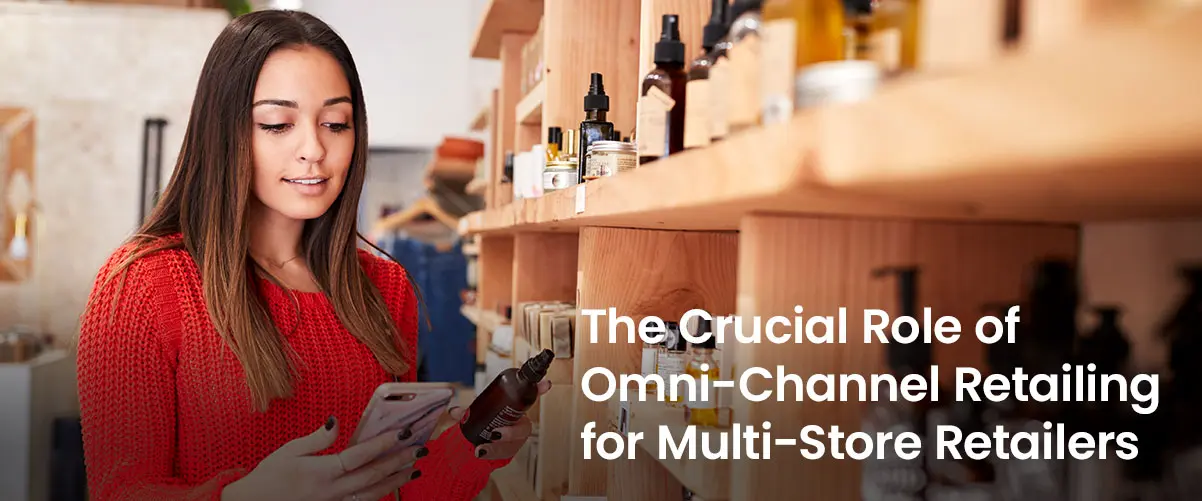
The fashion retail landscape is undergoing a seismic shift. Gone are the days of passive consumers simply browsing racks and accepting whatever a brand offers. Today’s savvy shoppers are bombarded with choices, empowered by technology, and fiercely loyal to brands that prioritize them. This “Fashionably Loyal” article explores the transformative customer landscape, the high cost of customer churn, and the power of a customer-centric approach in this competitive environment. We’ll then delve into actionable strategies for creating exceptional customer experiences, building long-lasting relationships, and ultimately, winning hearts (and wallets) in the cutthroat world of fashion retail.
1. The Modern Transformative Shift in the Consumer Landscape
The rise of e-commerce, social media, and mobile technology has fundamentally reshaped how consumers discover, research, and purchase fashion items. Today’s shoppers are digitally-savvy researchers, often armed with smartphones and a wealth of information at their fingertips. They expect a seamless omnichannel experience, transitioning effortlessly between online and offline touchpoints (think browsing online reviews before stepping into a physical store). Social media influencers heavily influence purchase decisions, and customer expectations for personalized recommendations and loyalty programs have skyrocketed.
This shift in consumer behaviour demands a response from fashion retailers. Those clinging to traditional, siloed approaches risk losing ground in the ever-evolving landscape. ETP Group’s Unified Commerce Solutions bridge the gap between online and offline operations, providing retailers with a single, holistic view of their customer data. This empowers retailers to deliver consistent messaging and a seamless shopping journey across all touchpoints.
2. The High Cost of Customer Churn
Losing a customer isn’t just a missed sale; it’s a missed opportunity for future purchases, brand advocacy, and referrals. Studies by Bain & Company show that a mere 5% improvement in customer retention can lead to a profit increase of 75%. The cost of acquiring new customers can be five times greater than retaining existing ones.
Customer churn is a serious threat to a fashion retailer’s bottom line. It’s crucial to understand why customers leave and implement strategies to win them back. ETP Group’s Omni-channel Retail Solutions offer powerful analytics tools that help retailers gain insights into customer behaviour and identify potential churn factors. By proactively addressing customer concerns and creating personalized experiences, retailers can turn disengaged shoppers into loyal brand advocates.
3. Customer-centricity, a Competitive Advantage
In an environment of fierce competition, customer-centricity is no longer a luxury; it’s a necessity. Shifting the focus from selling products to building long-lasting customer relationships unlocks a multitude of benefits:
- Customer Loyalty: By prioritizing customer needs and exceeding expectations, retailers foster trust and loyalty. Loyal customers are more likely to make repeat purchases, even at premium prices.
- Referrals: Loyal customers become brand ambassadors, enthusiastically recommending the brand to friends and family. This organic word-of-mouth marketing is invaluable and cost-effective.
- Resilience to Market Fluctuations: Loyal customers are less likely to be swayed by competitors’ promotions. They understand and appreciate the value proposition of their preferred brand, providing a buffer during economic downturns.
Building a customer-centric culture requires a strategic shift in thinking. It involves understanding your customers, their needs, and their preferences. It’s about creating personalized experiences that make them feel valued and appreciated.
4. Strategies for Delivering Exceptional Customer Experiences
Fashion retail success hinges on delivering exceptional customer experiences across all touchpoints. Here are a few key strategies:
- Personalized greetings and recommendations: Train staff to greet customers by name and offer personalized recommendations based on past purchases and browsing history.
- Streamlined checkout processes: Implement frictionless checkout options like self-service kiosks and mobile wallets to minimize wait times.
- Engaging online experiences: Create a user-friendly website with high-quality product images, detailed descriptions, and easy-to-use navigation.
- Omnichannel rewards programs: Offer a unified rewards program that allows customers to earn and redeem points across all channels, online and offline. ETP Group’s solutions facilitate the seamless integration of such programs, fostering a more rewarding customer journey.
By focusing on these strategies, fashion retailers can create an exceptional customer experience that fosters loyalty and drives revenue growth.
Stay tuned for Part 2 of “Fashionably Loyal,” where we’ll delve into the essential building blocks of customer-centricity – comprehensive customer understanding, data-driven personalization, and seamless omnichannel experiences.


